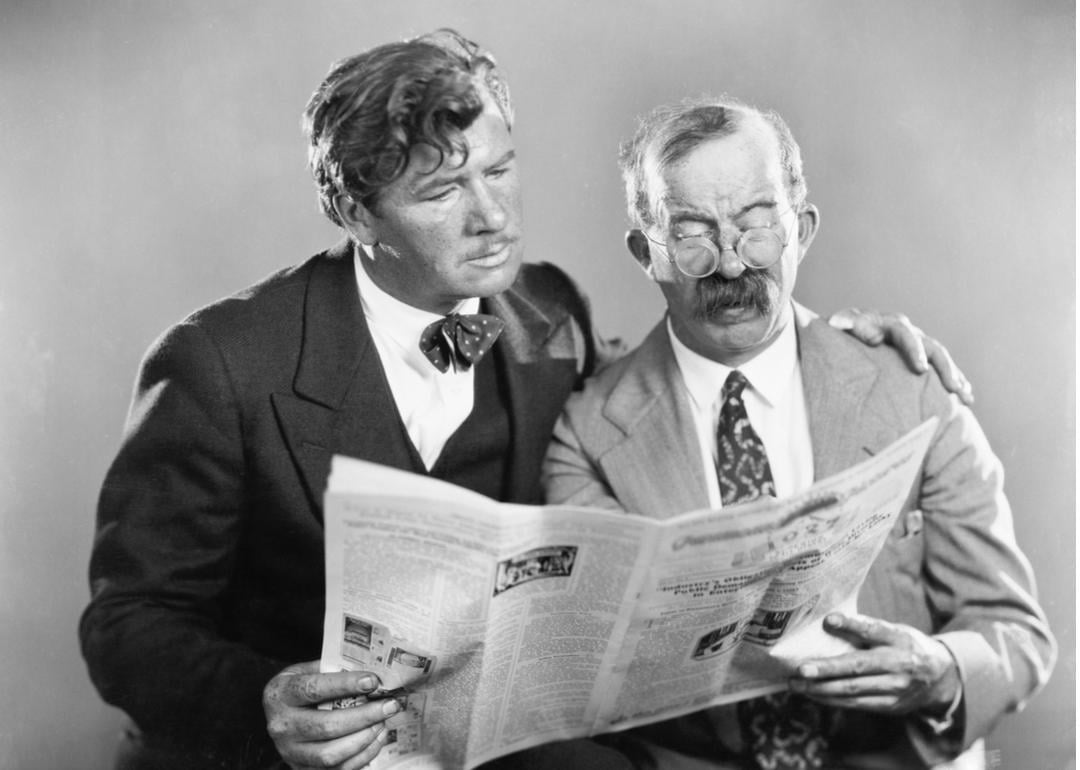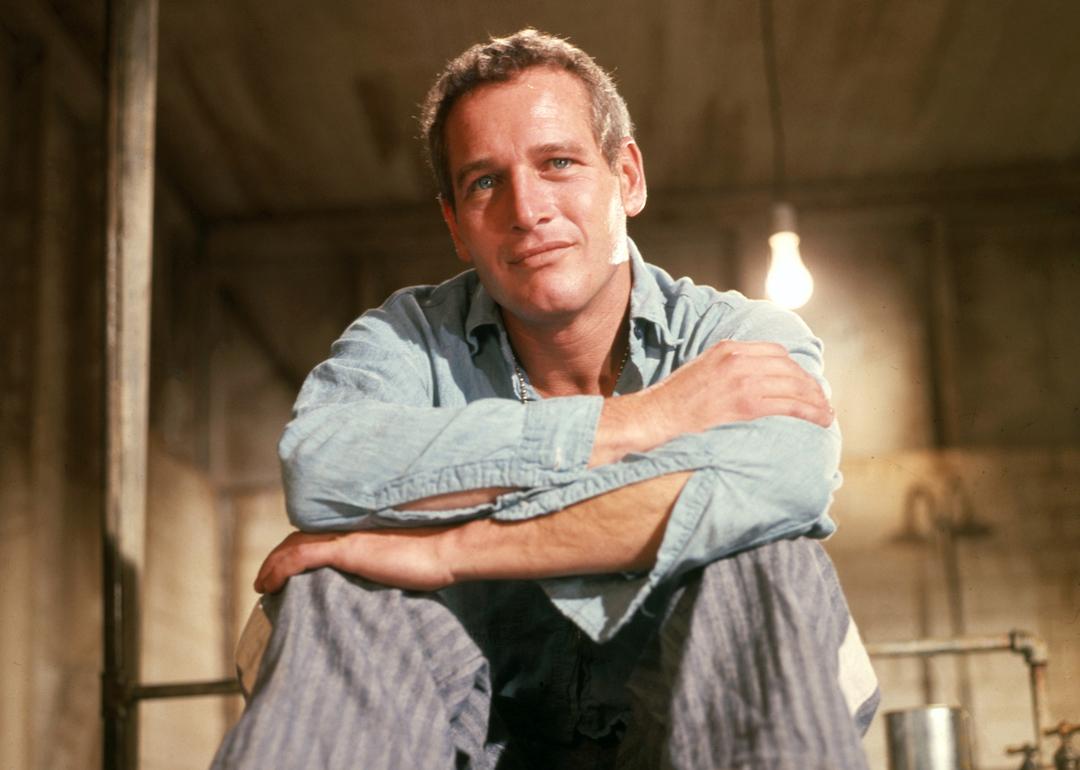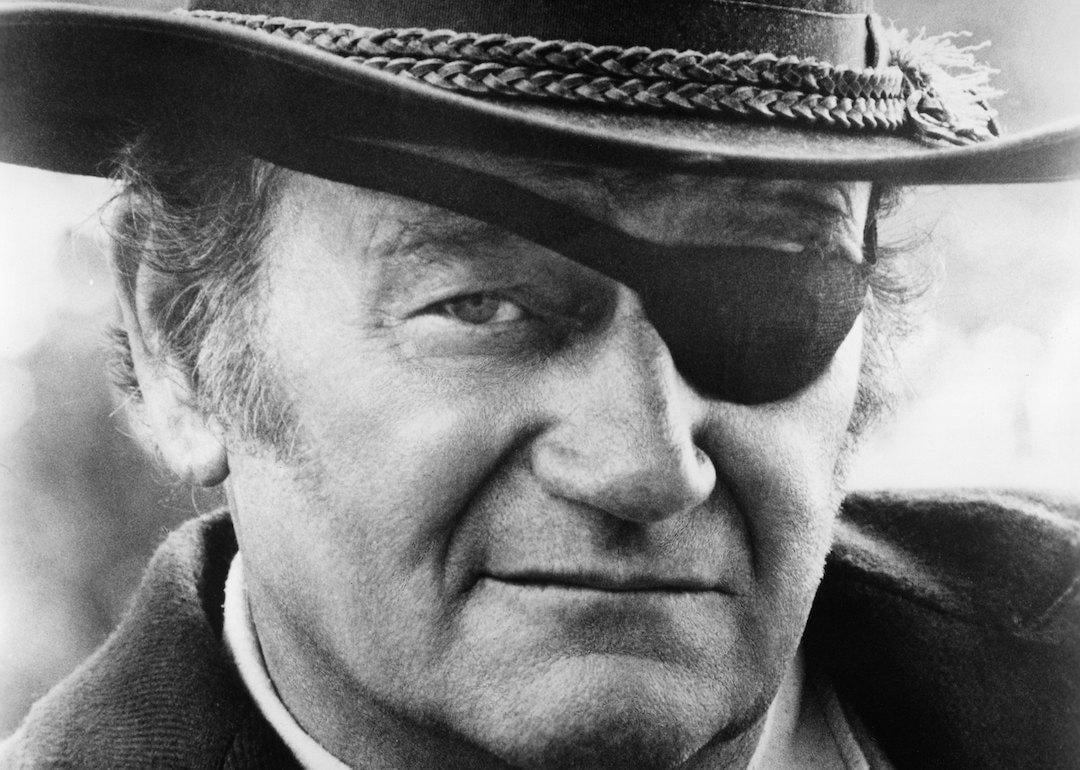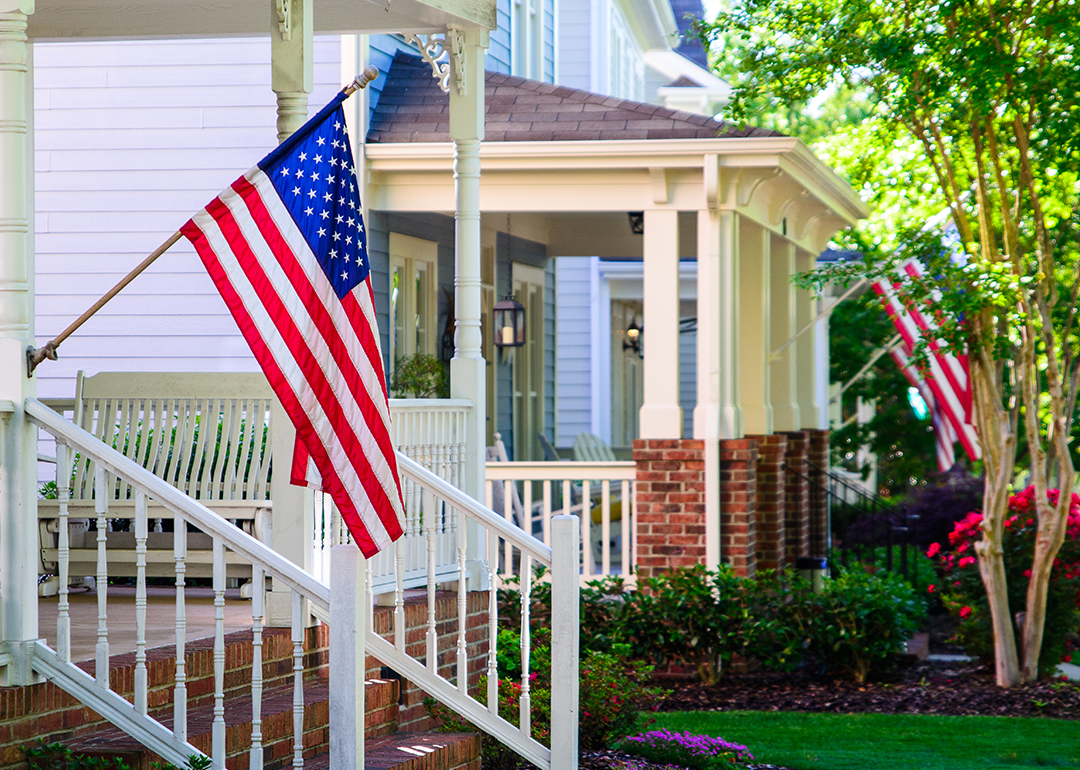
The 20 best small towns to live in across America
The 20 best small towns to live in across America
While it may not always feel like it, America is, at its core, "a nation of small towns." According to data from the U.S Census Bureau, over 200 million Americans live in incorporated places instead of cities. Of those incorporated places, 76% have fewer than 5,000 people, and 42% have fewer than 500.
Major cities like New York, Chicago, Los Angeles, and Houston tend to get all the attention, and you can find plenty of lists of the best places in the country to live that focus on those population-dense destinations. In our opinion, however, small towns are rarely given their due.
There are endless reasons someone might choose to settle down in a small town over a larger city, including friendlier neighbors, safer streets, better schools, and a more laid-back pace of life. If you're a city dweller looking for these qualities, it might be time to consider a move. But with a seemingly endless number of options, where can you even begin?
To help narrow things down, Stacker compiled a list of the 20 best small towns to live in across America. To do so, we referenced Niche's 2025 Best Places to Live study, which ranked American towns by overall quality of life. The variables used by Niche include cost of living, health and fitness, and weather. Any town with more than 40,000 people was excluded.
The top places on this list range from long-established villages in the suburbs of New York City to planned communities in Virginia and Texas. They feature major university outposts and a wide array of community traditions that reflect the towns' roots.
Some communities are near major cities, giving residents easy access to the amenities and cultural institutions they provide. Others are entirely rural, offering the opportunity to spread out and experience nature.
Whatever characteristics define your ideal place to live, there's sure to be a small town that checks almost all of your boxes. Read on to find yours.
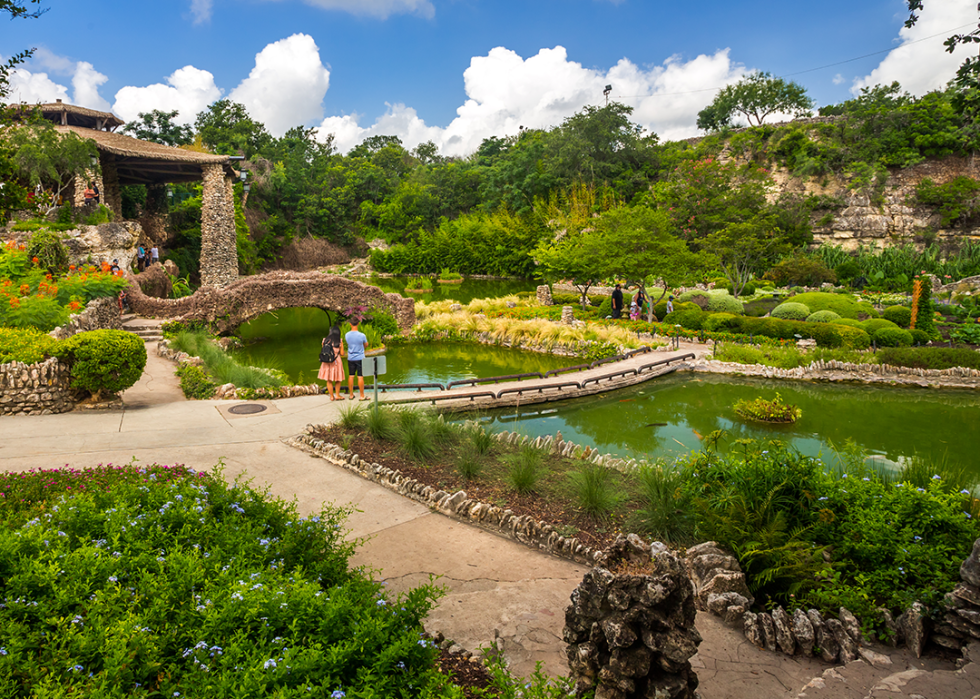
#20. Alamo Heights, Texas
- Population: 7,443
Alamo Heights has always been a popular residential area due to its proximity to the headwaters of the San Antonio River. However, despite being nearly indistinguishable from San Antonio, the seventh-largest metropolitan area in the country, Alamo Heights is an independent city.
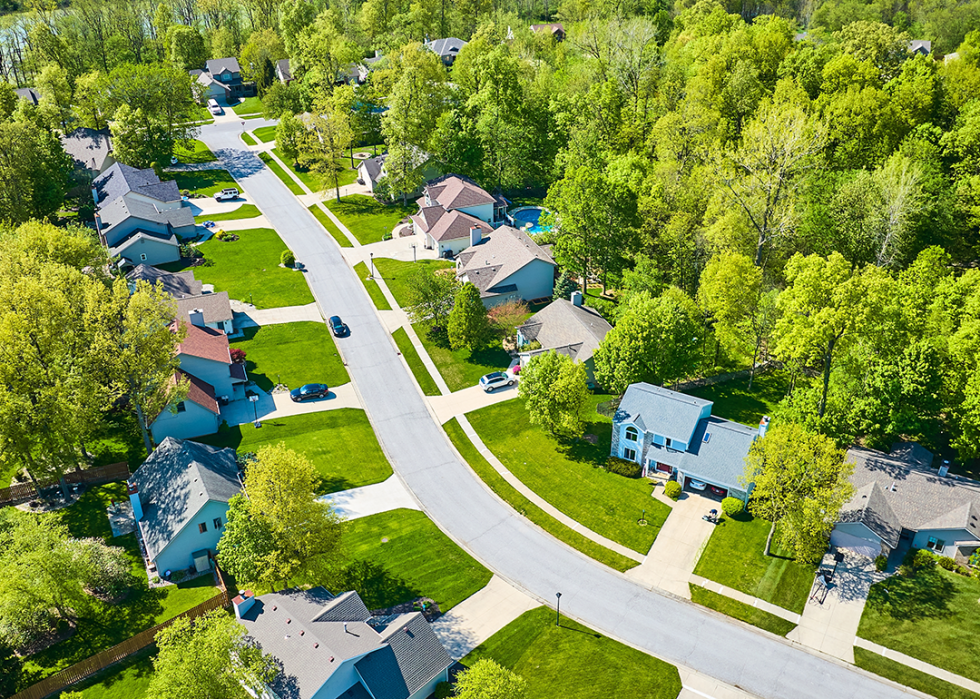
#19. Meadowbrook, Alabama
- Population: 8,939
Meadowbrook, Alabama, is a suburb of Birmingham. Described as ideal for families and commuters, the area has excellent public schools, a wide array of affordable housing options, from single-family homes to apartment complexes, and a short commute to the larger city. Residents also enjoy the nearby Oak Mountain State Park, which offers plenty of outdoor recreational activities like hiking, camping, and fishing.
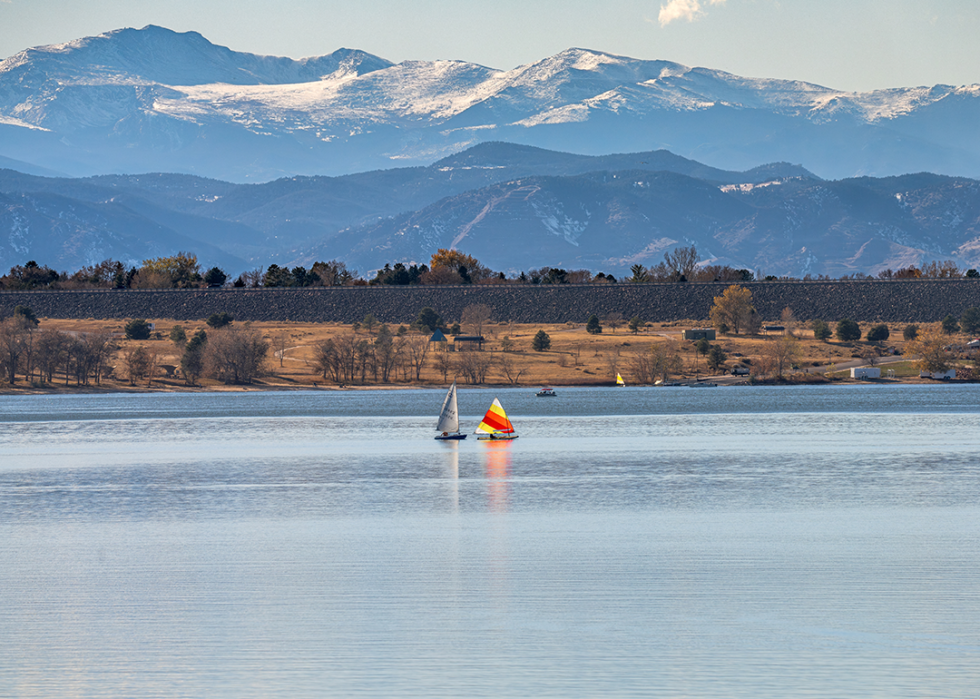
#18. Holly Hills, Colorado
- Population: 2,652
Holly Hills is about halfway between downtown Denver and the nearby Denver Tech Center. Residents describe it as family-friendly. It's close to all of Metro Denver and has been named the best place to live in Colorado, thanks to its great public schools, nightlife, and outdoor activities.
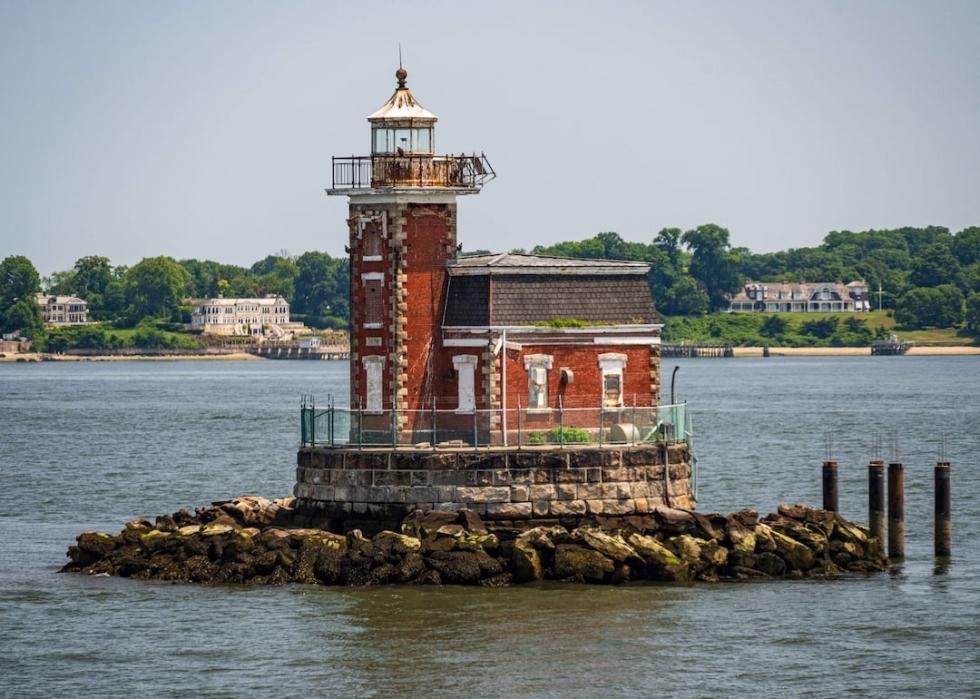
#17. Great Neck Plaza, New York
- Population: 7,503
The village of Great Neck Plaza, incorporated in 1930, is one of nine communities on the Great Neck Peninsula and had the early advantage of an express train to New York City. It is small, just a third of a square mile, but it has a busy downtown, with a train station and more than 260 shops, office buildings, and two four-star hotels. The village has both single-family homes and apartment buildings, and three parks.
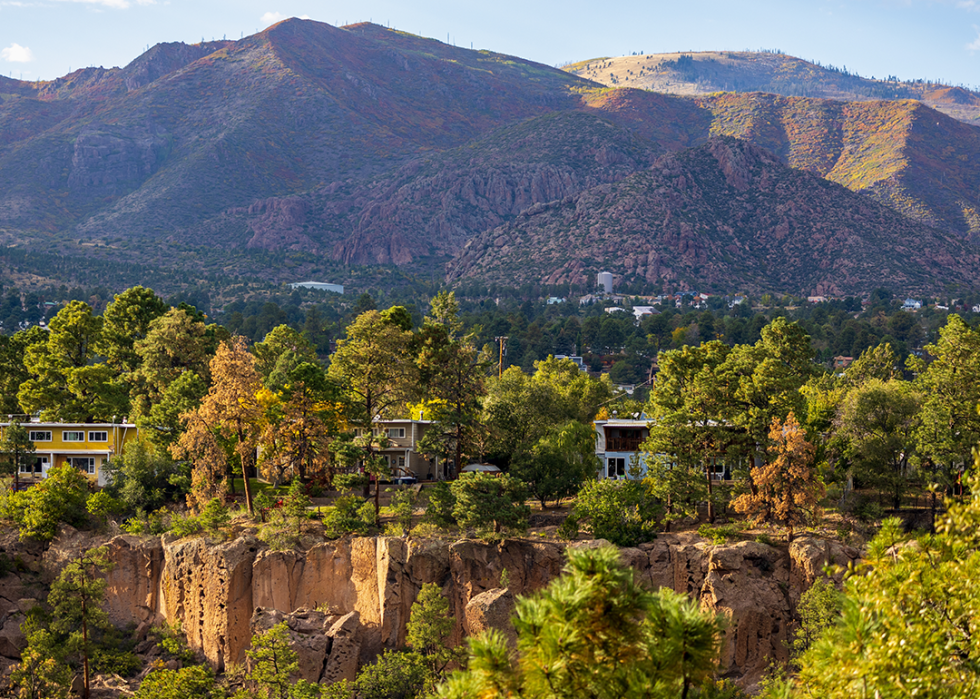
#16. Los Alamos, New Mexico
- Population: 13,471
Los Alamos is best known for the Los Alamos National Laboratory, where, during World War II, the first atomic bomb was developed. In 2025, the laboratory remains a top employer. A 45-minute drive from Santa Fe, it is also the gateway to three national parks: Bandelier National Monument, the Valles Caldera National Preserve, and the Manhattan Project National Historical Park. It was the home of the Pueblo people, ancestors of current Native Americans. In addition to all its rich history, Los Alamos also boasts great schools.
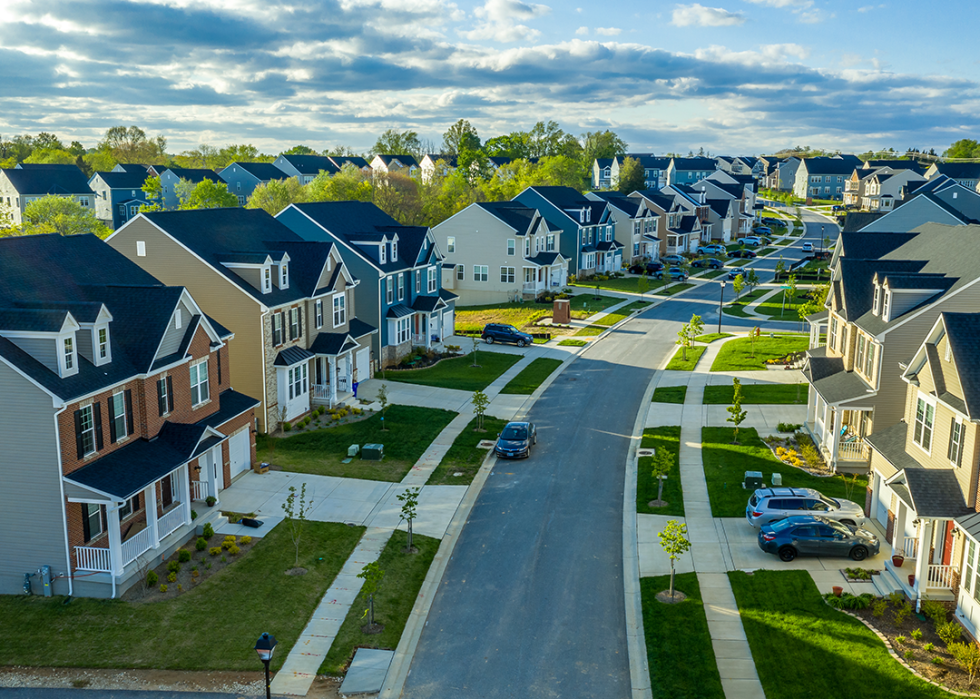
#15. Fulton, Maryland
- Population: 5,946
Fulton, Maryland, is located in the second-wealthiest county in the country, a testament to the number of major employers like Apple and Johns Hopkins in the area. Located halfway between Baltimore and Washington D.C., Fulton is primarily a residential town, with many residents making the commute to the larger metropolises for work and play.
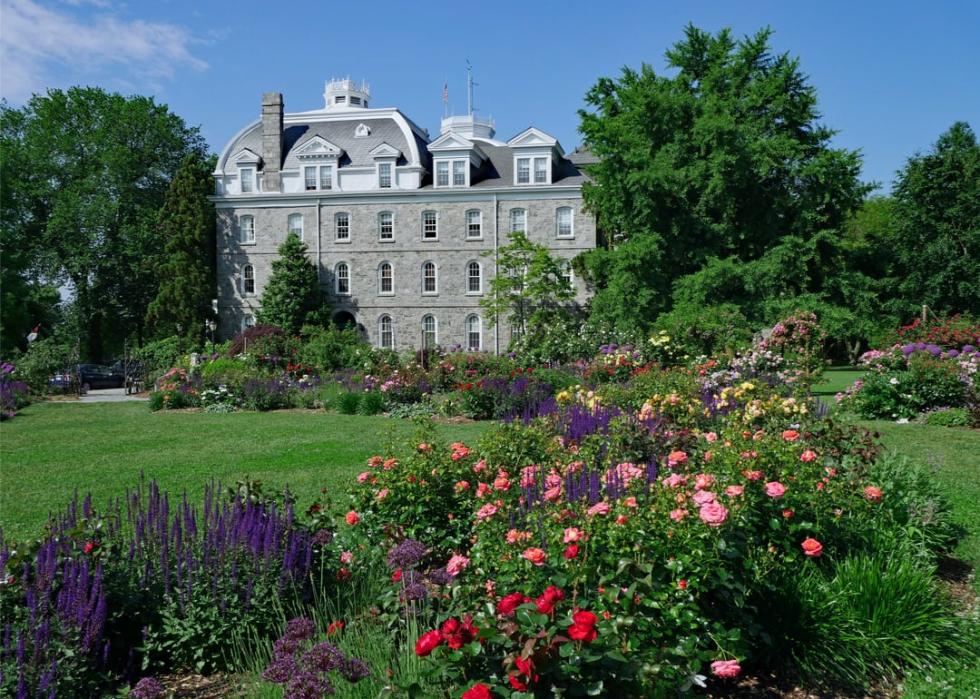
#14. Swarthmore, Pennsylvania
- Population: 6,524
Swarthmore got its start as a college town in an area settled by Quakers to whom William Penn had granted the land. Swarthmore College was founded in 1864 when the Society of Friends decided to build a college for their children. Today, the borough is home to a top liberal arts college—U.S. News & World Report ranked it #3 in the country for 2025—and is part of an excellent school district. With neighboring communities, it offers more than 20 walking trails, some created by the Swarthmore Historical Society, the Swarthmore Horticultural Society, and the college's Scott Arboretum.
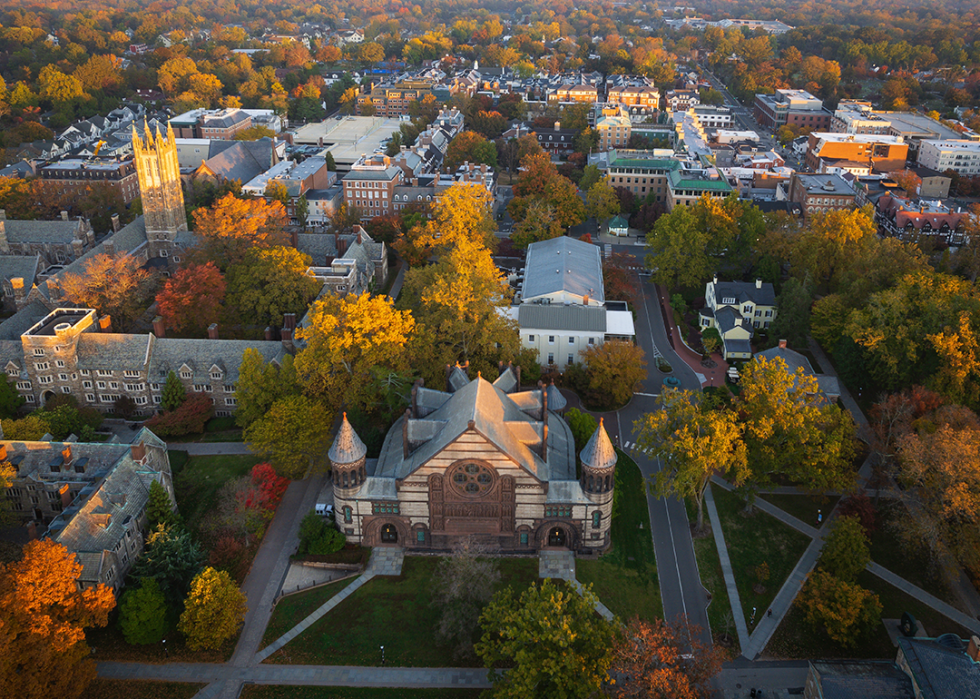
#13. Princeton, New Jersey
- Population: 30,451
Another university town, Princeton, boasts the university of the same name and the world-renowned Institute for Advanced Study, where Albert Einstein was one of its first staff members. It has a range of housing, from large homes to more affordable units, and many recreational opportunities, including a pool complex, tennis courts, parks, playgrounds, and athletic fields. In 2013, the former Borough of Princeton and the Township of Princeton merged to become Princeton.
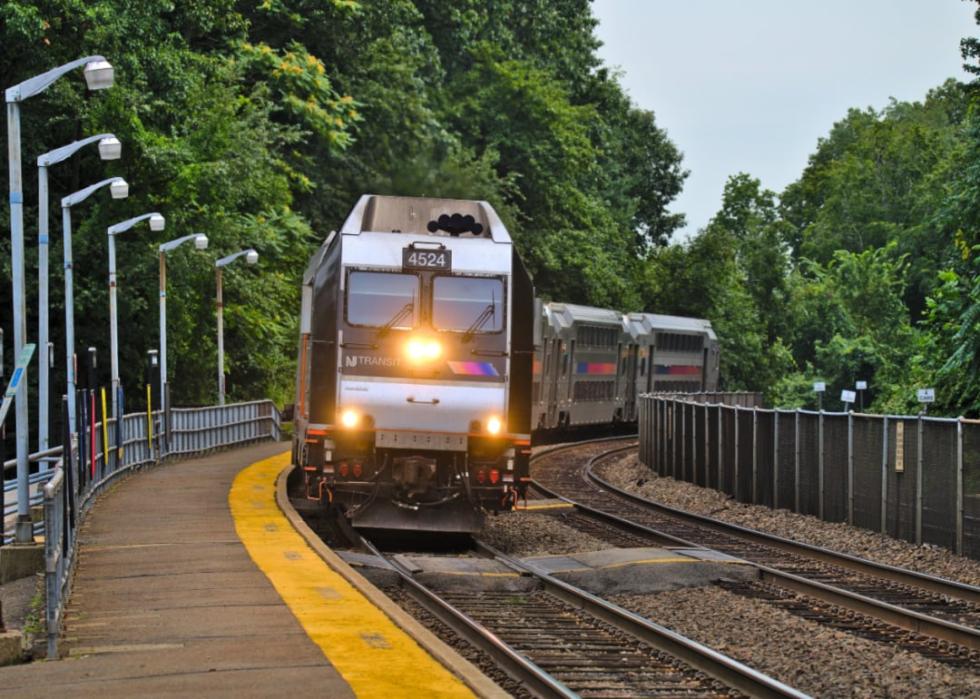
#12. Ho-Ho-Kus, New Jersey
- Population: 4,230
Ho-Ho-Kus, New Jersey, is the kind of small town where everyone knows everyone. As a result, residents' social lives largely center around community events, which are often organized by the Contemporary Club. Many of these events, like the Halloween parade and the Taste of Ho-Ho-Kus, take place in the town's quaint downtown district, which is packed with locally-owned shops and restaurants.
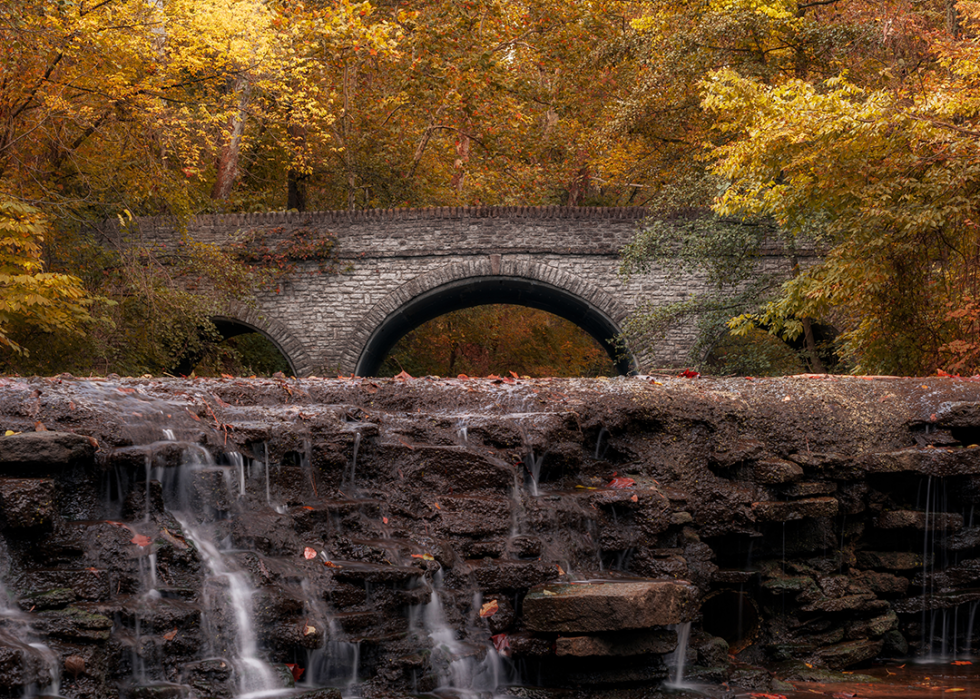
#11. Blue Ash, Ohio
- Population: 13,374
Blue Ash's earliest settlers arrived in the last few years of the 18th century, setting up farms, building the Carpenter's Run Baptist Church, and opening three grade schools. Back then, there wasn't much nearby, but now residents are just 20 minutes from downtown Cincinnati. A great place to raise a family, Blue Ash has a relatively low cost of living, outstanding amenities like the 130-acre Summit Park, and one of the largest suburban office markets in the state.
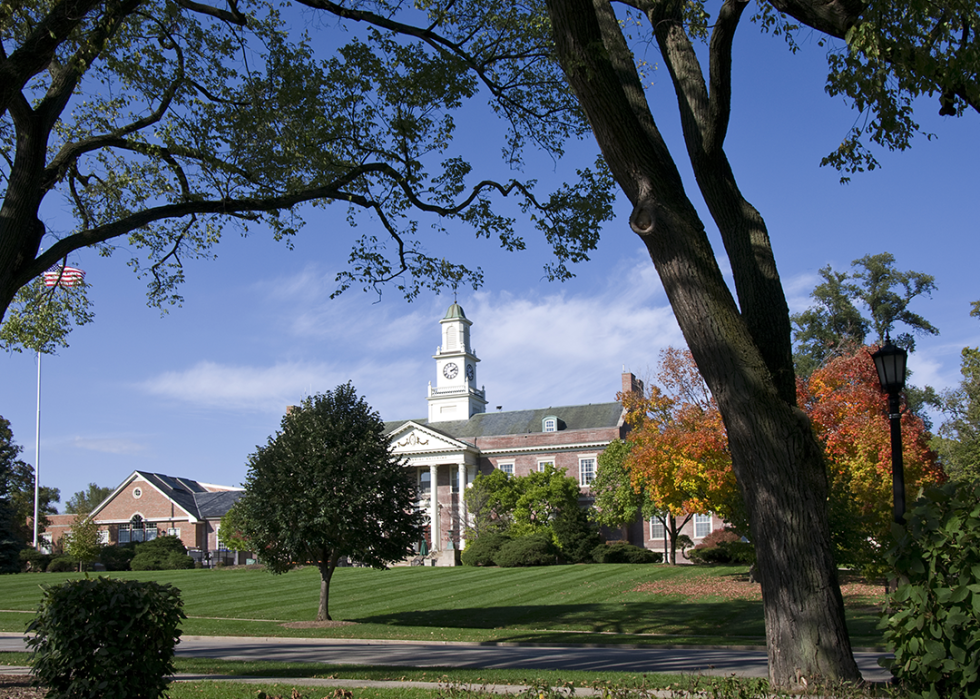
#10. Hinsdale, Illinois
- Population: 17,155
In the mid-1800s, Hinsdale became popular with the city's upper classes thanks to its convenient location—a little over 20 miles from Chicago—and pastoral landscapes. An article published in 1897 described it as one of the area's most desirable suburbs, and over 125 years later, that remains true. A very upscale neighborhood with tree-lined streets, grand homes, and excellent school and health care systems, living here isn't cheap, but many residents feel it's worth the price tag.
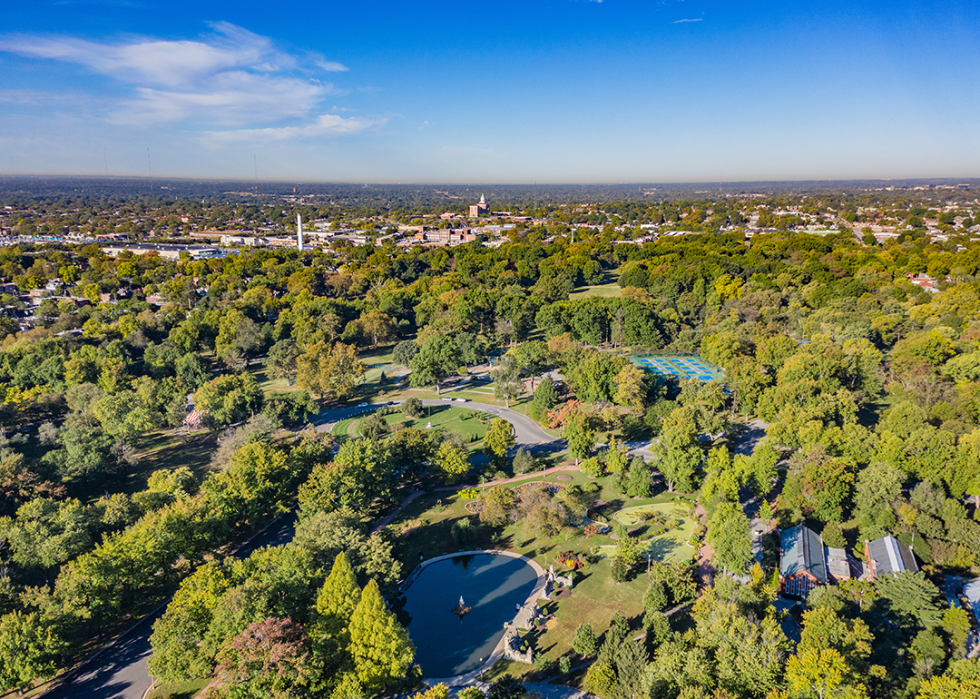
#9. Brentwood, Missouri
- Population: 8,151
Brentwood is a suburb of St. Louis. It was on the Manchester Trail and originally called Maddenville after a businessman who owned a grocery store and barbershop. It was incorporated in 1919 and became Brentwood. Brentwood Days is the community's yearly festival of live music, food, carnival rides, and a parade, culminating in fireworks.
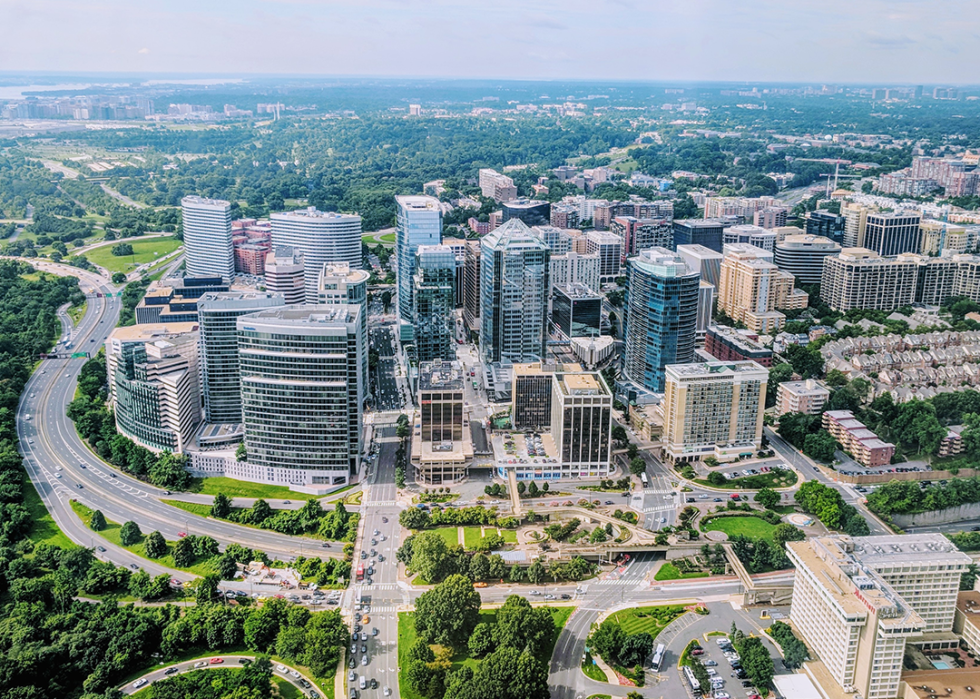
#8. North Potomac, Maryland
- Population: 23,994
North Potomac is a suburb of Washington D.C., near Gaithersburg and the Potomac River, with good schools and safe streets. The North Potomac Citizens Association was established to speak for this small community of only about 6.5 square miles. The Nancy H. Dacek North Potomac Community Recreation Center is next to Big Pines Local Park, which features a basketball court, tennis courts, and a place to picnic.
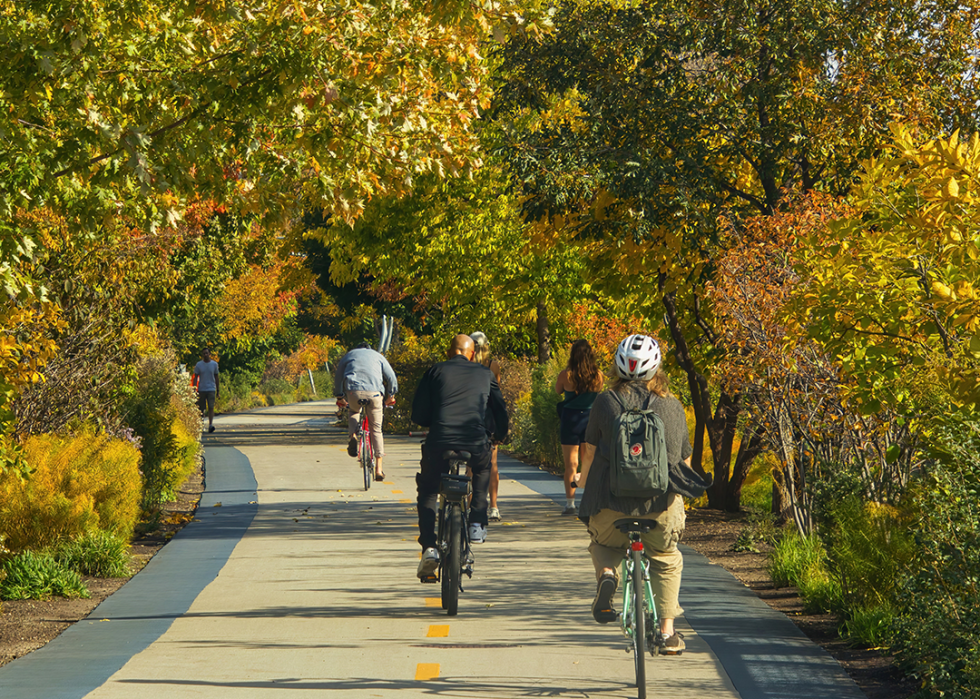
#7. Clarendon Hills, Illinois
- Population: 8,642
The village of Clarendon Hills calls itself "the volunteer community." It's a suburb of Chicago with excellent schools, a summer concert series, and Daisy Days, a weekend of carnival rides, face-painting, games, music, and more. The community grew up around the Chicago, Burlington & Quincy Railroad, and residents claim the noted landscape architect Frederick Law Olmsted helped to design its curved streets.
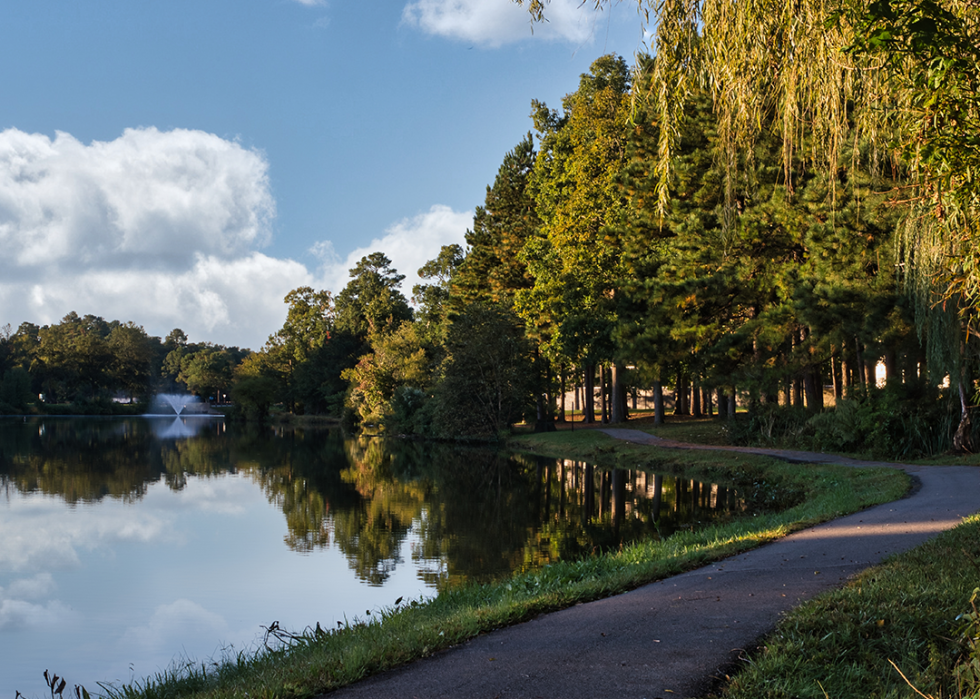
#6. Innsbrook, Virginia
- Population: 8,559
Developed in 1979, Innsbrook mixes offices, apartments, and condominiums on 630 acres connected via hiking trails and other green spaces. Part of the Richmond area, it calls itself a mixed-use community for new urbanism, with 500 companies and 22,000 employees. Nearby are single-family homes, townhouses, and other styles of homes. Among some of its yearly events are the Innsbrook Classic Golf Tournament, the Innsbrook Taste of Virginia, and the midweek concert series, Innsbrook After Hours.
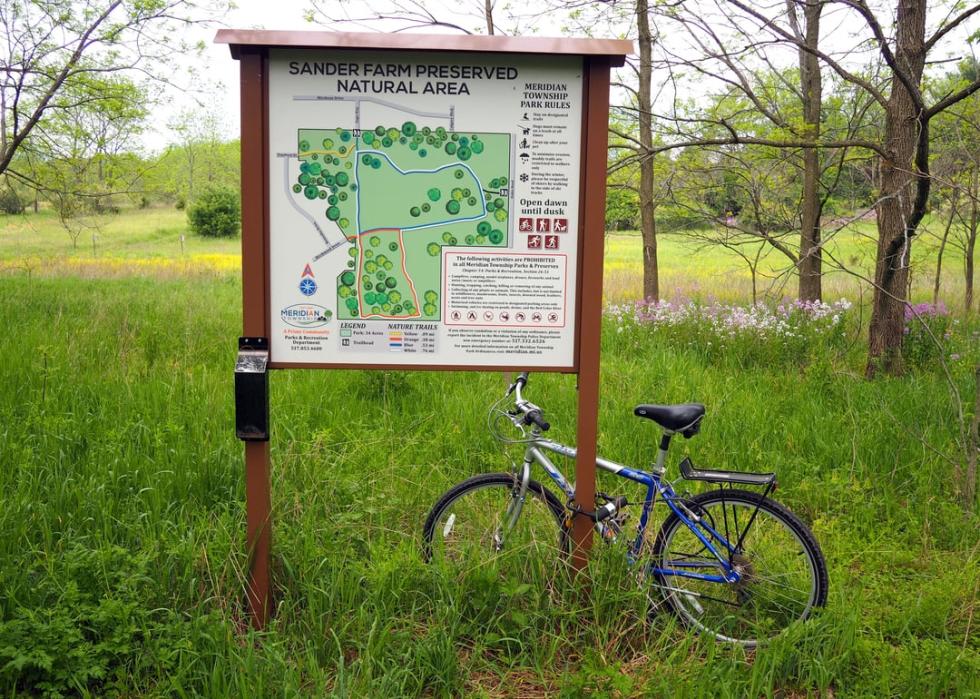
#5. Okemos, Michigan
- Population: 25,503
Okemos is a suburb of Lansing, Michigan's capital, and near Michigan State University. It was founded in 1839 and was a trading post with the Ojibwe Nation. First called Hamilton, it was later named for a chief, John Okemos, of the Saginaw Chippewa. It was originally a farming community.
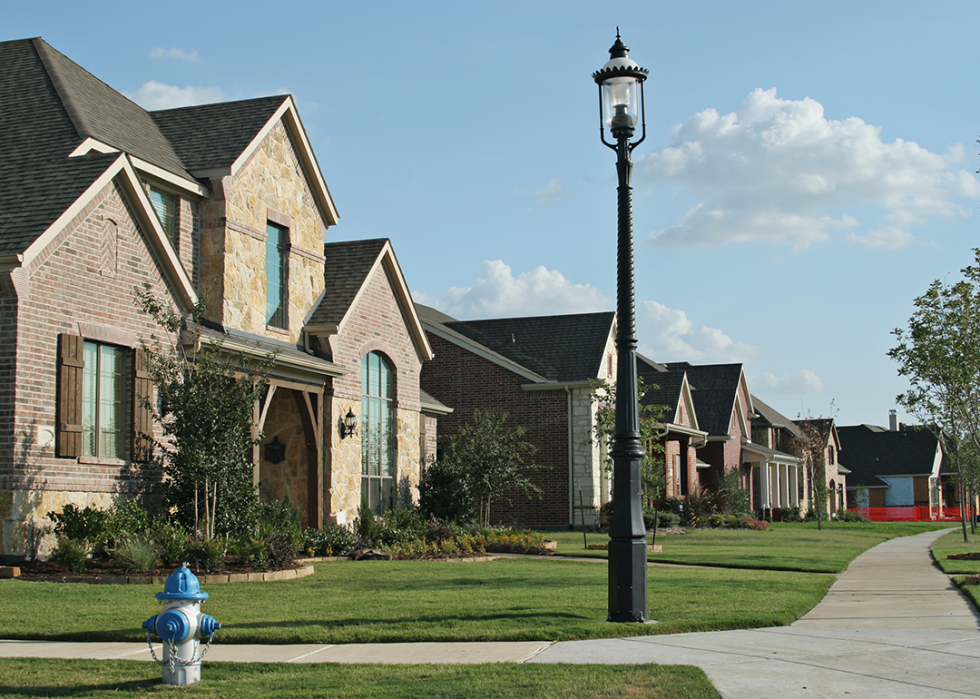
#4. Cinco Ranch, Texas
- Population: 19,139
Cinco Ranch is a planned community in the greater Houston area with roots as a working ranch in the 1800s. Its transition began in 1984, and today, it has over 14,000 homes, as well as parks, trails, pools, tennis courts, a golf club, and other opportunities for outdoor activities. There's also a library, a women's club, and swim teams.
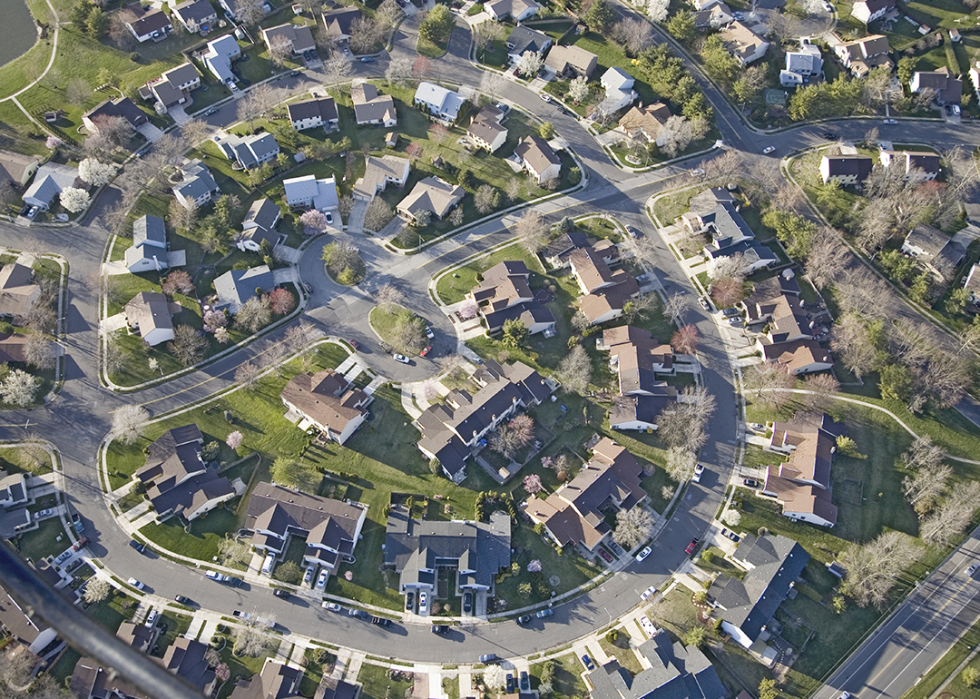
#3. Penn Wynne, Pennsylvania
- Population: 6,220
Penn Wynne is a part of Lower Merion Township and is primarily residential. Penn Wynne Park boasts fields for baseball, softball, and soccer, basketball and tennis courts, along with a children's playground. There are coffee shops, top-rated schools, the volunteer Penn Wynne Civic Association, and the Penn Wynne Library.
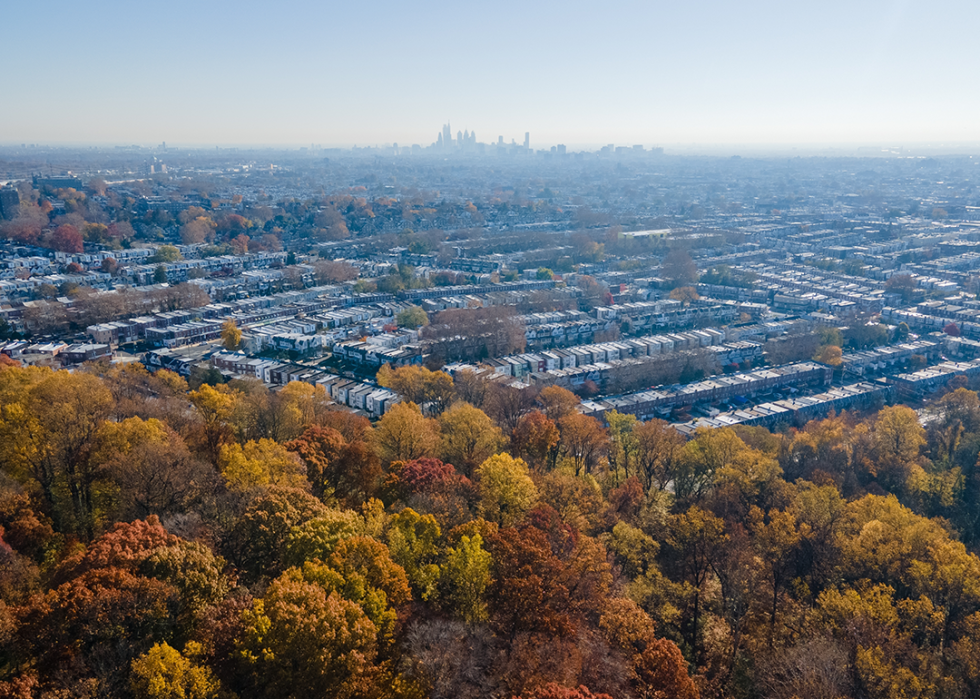
#2. Ardmore, Pennsylvania
- Population: 14,165
Ardmore is the largest and most diverse suburb along the Pennsylvania Railroad's Main Line. When it opened in 1928, Suburban Square was one of the first shopping centers in the country, and Strawbridge & Clothier opened its first suburban store in Ardmore. Today, it features a pedestrian-friendly stretch of food, fashion, and the Ardmore Farmers Market. Ardmore's main street, Lancaster Avenue, offers an array of local shops.
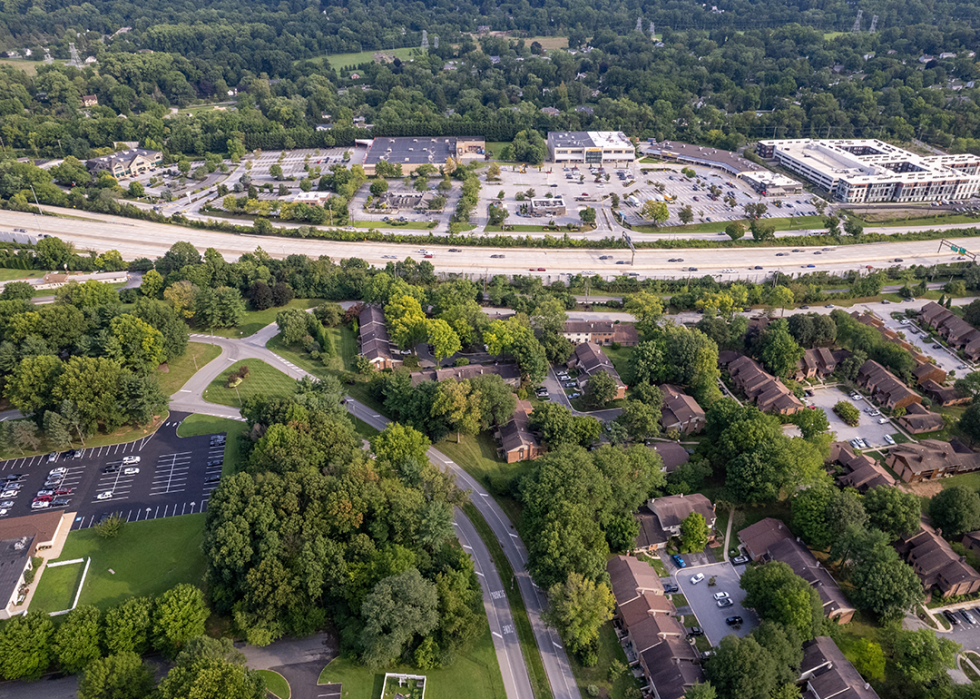
#1. Chesterbrook, Pennsylvania
- Population: 5,439
Just over 20 miles from Philadelphia and near the Valley Forge National Historical Park, Chesterbrook, Pennsylvania, earns the top spot on this list. Its schools are among the best in the state, ranking third for 2025. It is noted for its outdoor activities, nightlife, diverse community, job market, and reasonable cost of living—in other words, it's hard to top, which is why it has frequently been called the "best place to live in America."
Data reporting by Rob Powell. Story editing by Louis Peitzman. Copy editing by Robert Wickwire.
